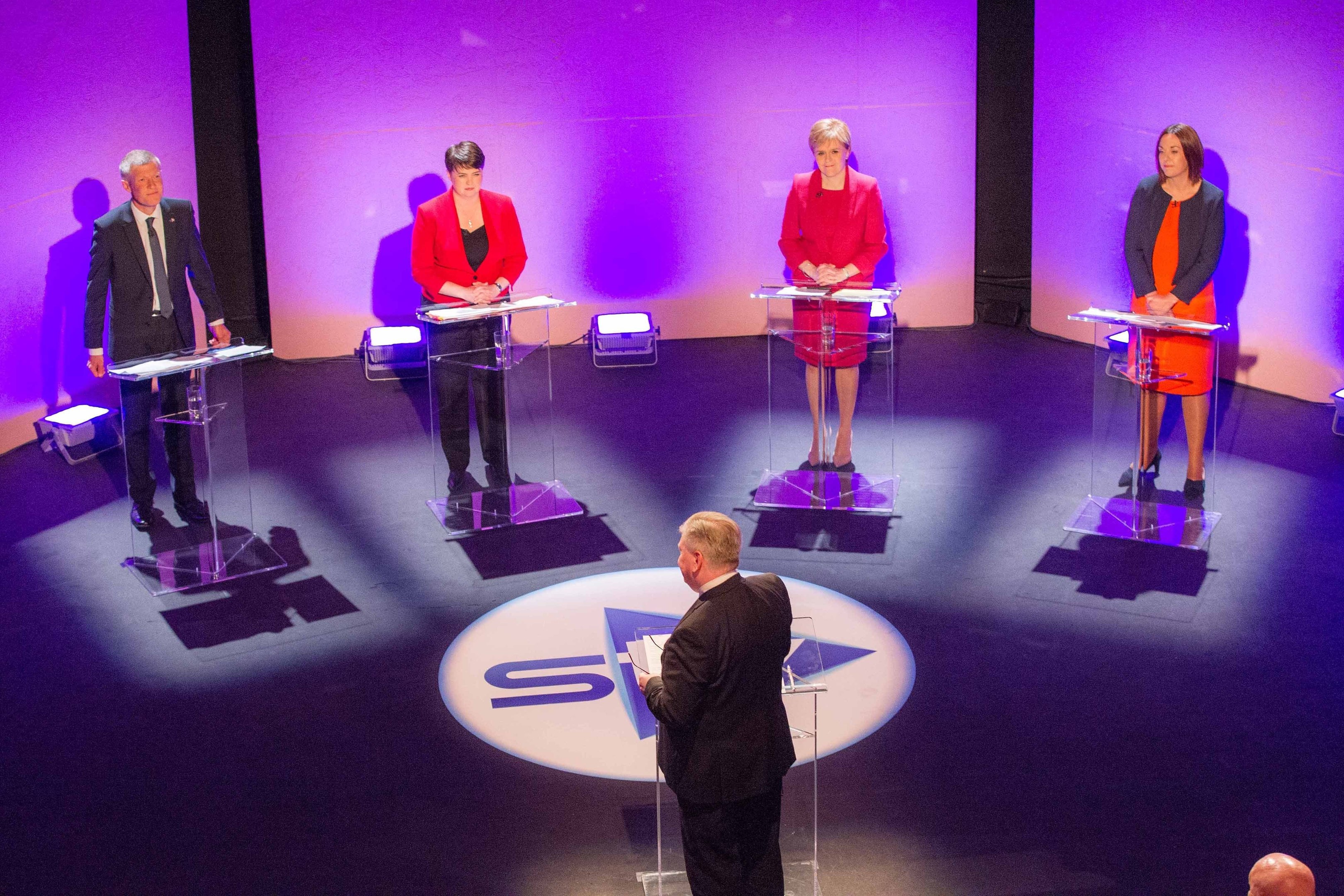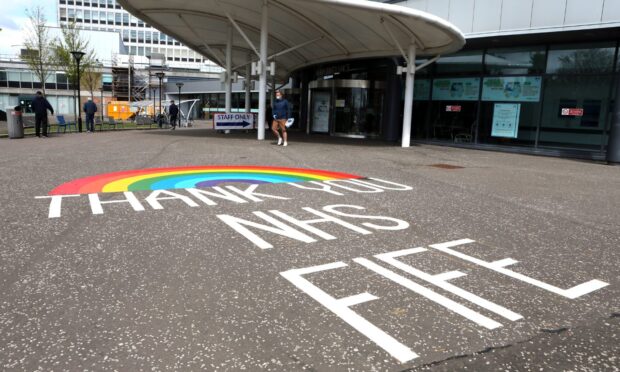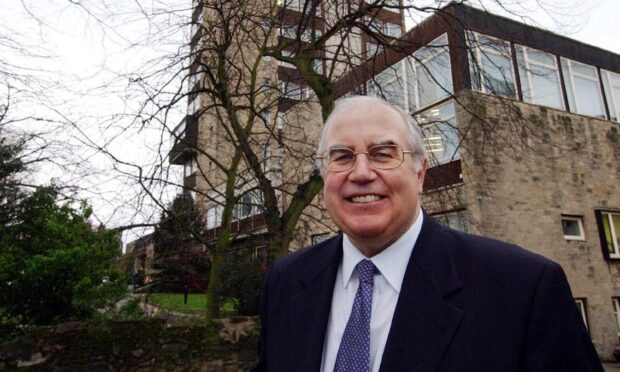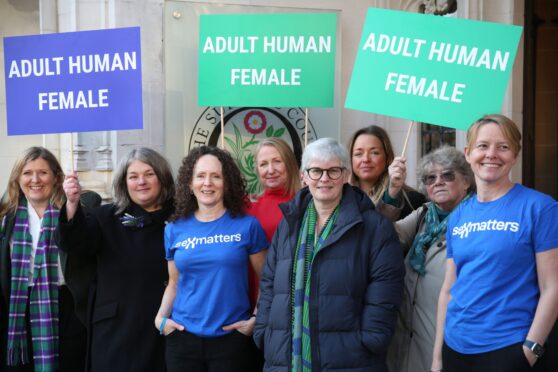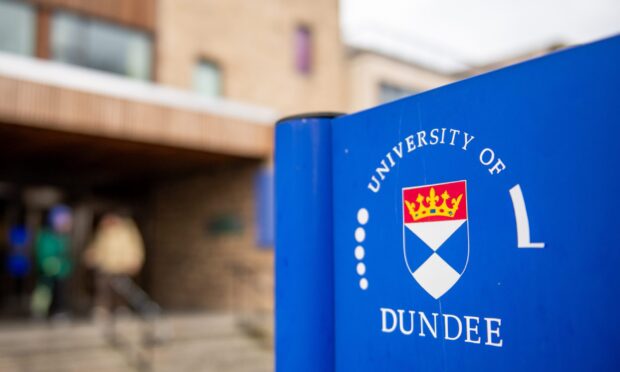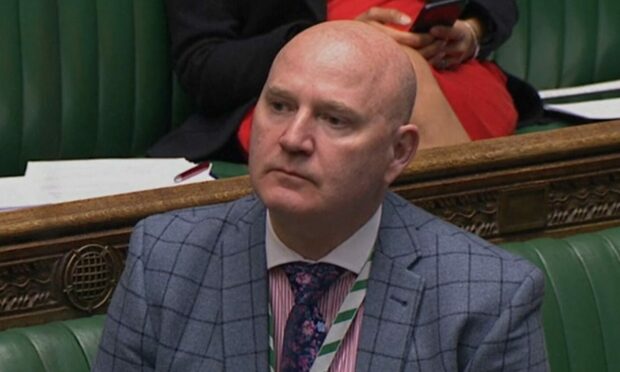Nicola Sturgeon has been accused of lying after claiming that Kezia Dugdale told her Labour should drop its opposition to a second independence referendum immediately after the Brexit vote.
The extraordinary bust up came during a heated TV debate, the final major event before voters go to the polls tomorrow.
SNP leader Ms Sturgeon made the claim when pressed by Scottish Labour boss Ms Dugdale about the prospect of a second vote during the STV event.
The First Minister said: “The consequences of Scotland not having a choice are that we may have to accept a disastrous Brexit that will put tens of thousands of Scottish jobs on the line.
“And you used to agree with me on that, Kezia. You and I spoke on the day after the EU referendum and you told me then that you thought the change of Brexit meant that you thought Labour should stop opposing a referendum.
“Now you’ve changed your mind but why should everyone else in Scotland be denied a choice?”
Ms Dugdale replied: “I always said I would do anything to build our relationship with Europe as long as it didn’t come at the expense of our relationship with the United Kingdom.”
Asked a few moments later by Scottish Conservative leader Ruth Davidson about the conversation, Ms Sturgeon said: “She said that she thought it changed everything and she didn’t think Labour could any longer go on opposing a second independence referendum.
“She is entitled to change her mind, I accept that, but what I don’t think any politician is entitled to do is to deny people in Scotland a choice over our own future.”
During that exchange, Ms Dugdale repeated: “That’s not true. It’s not true.”
Asked by moderator Bernard Ponsonby to respond to the claims at the end of the programme, the Scottish Labour leader said: “I’ve just been very clear.
“We did speak on the phone after the European Union referendum result to share how devastated we were about it because of the damage it was going to do to Scotland’s economy and to future jobs.
“But the idea that I would do anything other than protect the United Kingdom and fight for us to remain within the UK is an absolute nonsense.”
A Labour spokesman added: “This is a lie from Nicola Sturgeon. It is insulting and demeaning to the office of First Minister.
“It is nothing but a final act of desperation from an SNP leader who knows the public has turned against her. It shows how far she is prepared to go in the hope of electing a Tory government.”
Adam Tomkins, the Conservative constitution spokesman, called Ms Sturgeon’s claim a “bombshell revelation”.
He said: “Kezia Dugdale has spent this campaign claiming she opposes a second independence referendum, now we learn she’s been having private chats with Nicola Sturgeon about her support for it.”
Willie Rennie, the Scottish Liberal Democrat leader, called on Ms Sturgeon to “cancel” another referendum, saying Scots are “sick” and “fed up” of the issue.
Ms Davidson came under heavy fire from the other three leaders for the UK Conservative Government’s record, in particular on welfare and the so-called rape clause, a result of the two-child benefit cap.
The SNP leader said many people had been “appalled” by the policy, which she said would save £300 million from the benefits bill at the same time as the Conservatives spend £380 million on a tax cut for the richest 15%.
Ms Davidson replied: “This is about ensuring that people have had children in the very worst of circumstances get extra help.
“This is about limiting child tax credits to the first two children, but it means that for example people who have been raped aren’t affected by that, it means they get to have that extra help.”
Analysis
It is a tactic made famous by Tory behind-the-scenes plotter Lynton Crosby but it was deployed to devastating effect by Nicola Sturgeon during this TV debate, writes Kieran Andrews.
The “dead cat strategy” involves introducing a dramatic, shocking, or sensationalist topic in order to divert discourse away from a more damaging topic.
Sir Michael Fallon did it in 2015 when he accused Ed Miliband of stabbing his brother in the back, and the First Minister borrowed the idea last night to tackle Kezia Dugdale at knee-height as the Labour leader was pressing her over her record at Holyrood.
Regardless of whether she’s stretching the truth with her account of the conversation, Sturgeon set the narrative.
The dead cat gave her life.
